Beneath Our Feet
A Guest Blog by Jody C. Benson
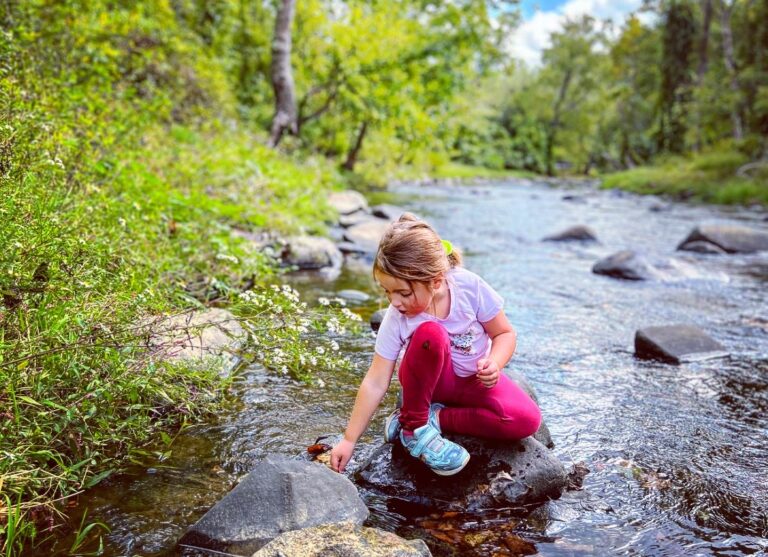
Jody C. Benson is a freelance writer and editor. She is the author of Behold: A Reflection Journal Where Wonder, Creation, and Stewardship Meet. She lives in Wisconsin with her husband and children. Find her at jodycbenson.com.
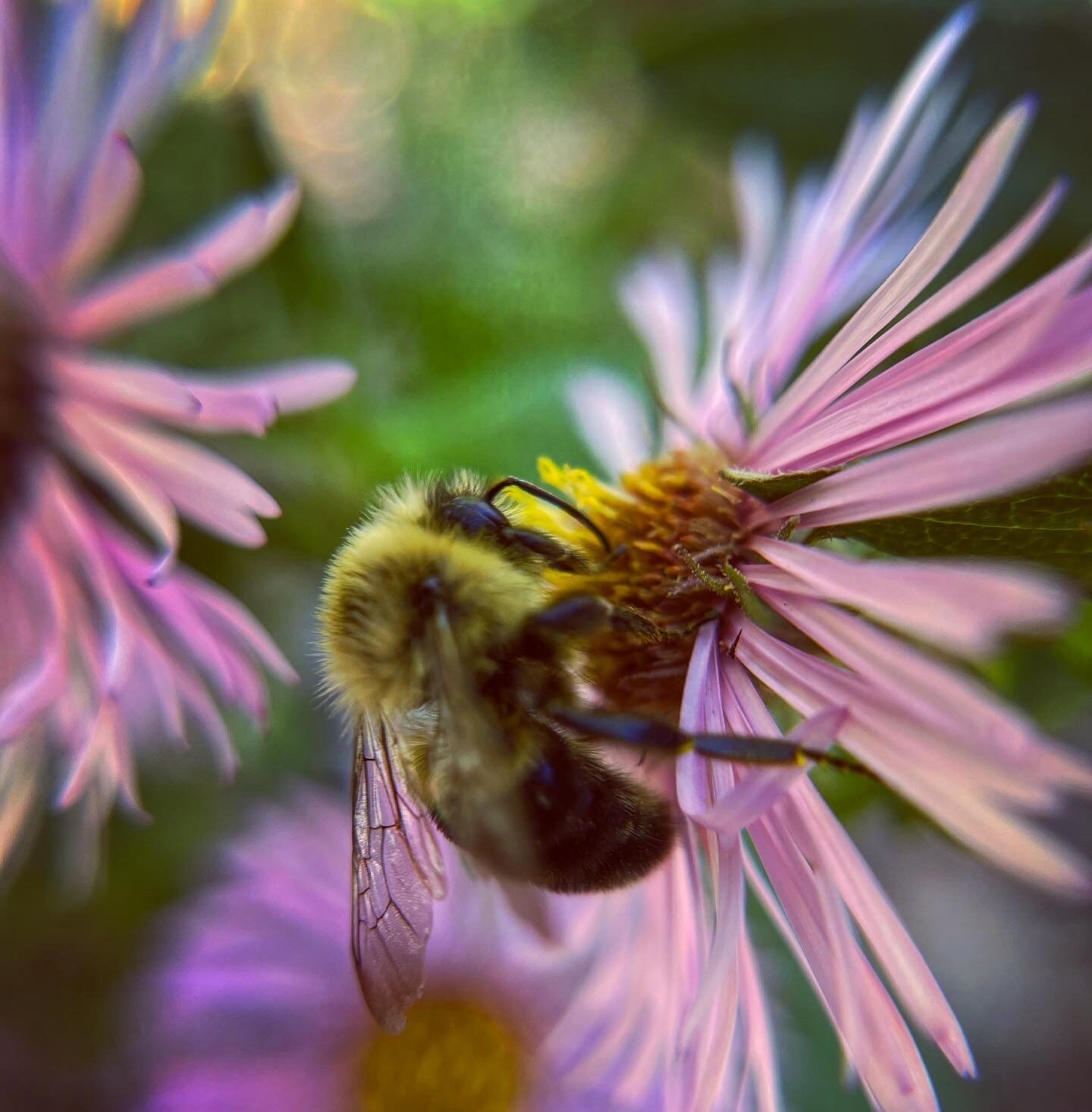
When I am asked what ecology means, I often stumble because there are so many components that I want to talk about—from our relationship to God and our neighbor to our relationship to land, food, and our bodies. But what I think is the most interesting part of ecology is beauty.
St. Augustine explains the relationship between nature’s beauty and God:
Question the beauty of the earth, question the beauty of the sea, question the beauty of the air distending and diffusing itself, question the beauty of the sky. . . . Question all these realities. All respond: “See, we are beautiful.” Their beauty is a profession. These beauties are subject to change. Who made them if not the Beautiful One who is not subject to change? (Sermons 241, Easter)
Nature professes its beauty, inviting us to attend to what is meaningful and good.
We are all familiar with the beauty of nature that is clear and obvious—a variegated sunrise or a lush garden. But sometimes the beauty of nature is also hidden. This is the beauty that sparked my interest in ecology, but it takes some learning to grasp and fully appreciate. Here are two of my favorite examples: fungi and dirt. Imagine walking through your favorite park or forest. We look around and above. We hear birds and breathe the crisp freshness of the air. But we rarely look down at what’s below. Beneath our feet there is a whole network of communication guided by a dense network of fungi. Through membrane branches, fungi enable communication and connection between plants and other parts of the ecosystem. This network, known as fungal mycelium, delivers nutrients, provides chemical signals, and exchanges information.
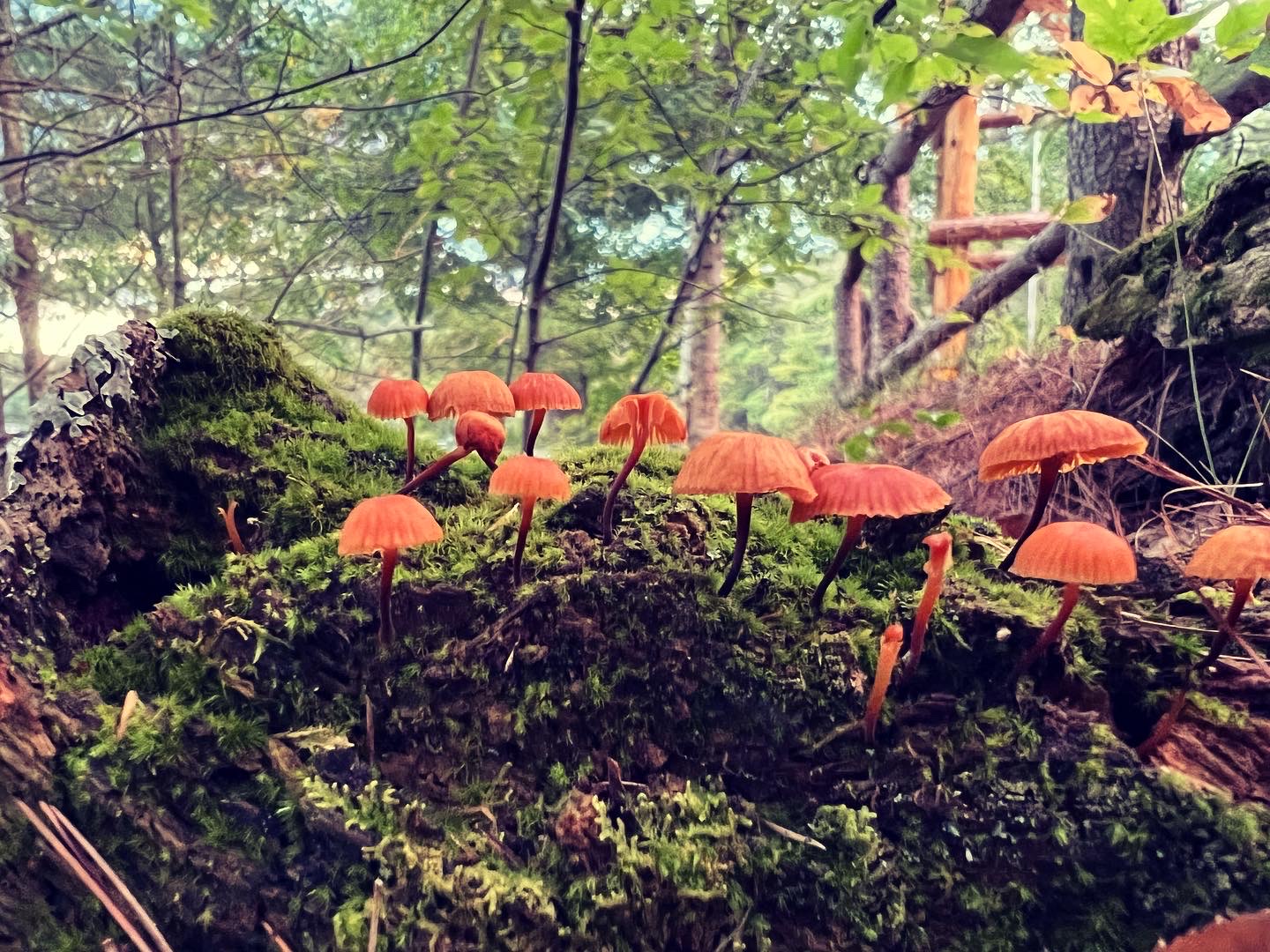
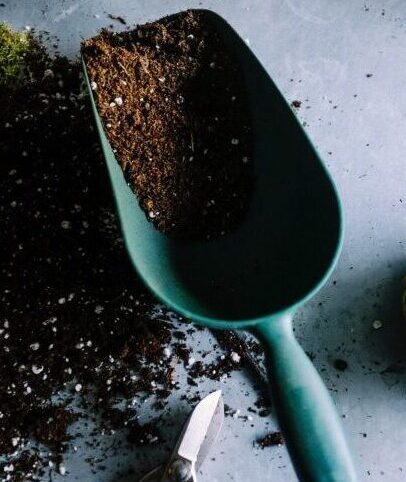
After participating in a CSA (community supported agriculture), I also became more interested in soil. We can’t think about eating well without understanding soil. Through regenerative and sustainable agriculture, farmers are trying to cultivate rich and healthy soil, which solves other problems in addition to food quality, like pollution drought, erosion, and climate change. As a farmer and writer, Wendell Berry has long been interested in the importance of dirt, not just for our food, but also for the sake of our communities and homes. In The Unsettling of America: Culture and Agriculture, Berry writes, “The soil is the great connector of lives, the source and destination of all. It is the healer and restorer and resurrector, by which disease passes into health, age into youth, death into life. Without proper care for it we can have no community because without proper care for it we can have no life.” This is the beauty of ecology. It opens up a path for us to think about and connect God’s creation to the essence of the very relationships that sustain our life.
We recently picked apples at a beautiful orchard, and my husband wondered aloud: They must have really good soil here. After he said this, I thought about the hidden work behind these apples—the labor of the bees, soil, microbes, sun, water, and, of course, people. When we start to reflect on what is beneath us, we learn how to appreciate mystery and the beauty of God in all its forms and in every encounter. This is a perspective that changes who we are and how we interact with the world. As Pope Francis writes in Laudato Si’,
By learning to see and appreciate beauty, we learn to reject self-interested pragmatism. If someone has not learned to stop and admire something beautiful, we should not be surprised if he or she treats everything as an object to be used and abused without scruple. If we want to bring about deep change, we need to realize that certain mindsets really do influence our behavior. Our efforts at education will be inadequate and ineffectual unless we strive to promote a new way of thinking about human beings, life, society and our relationship with nature. (“Laudato Si’,” No. 215)
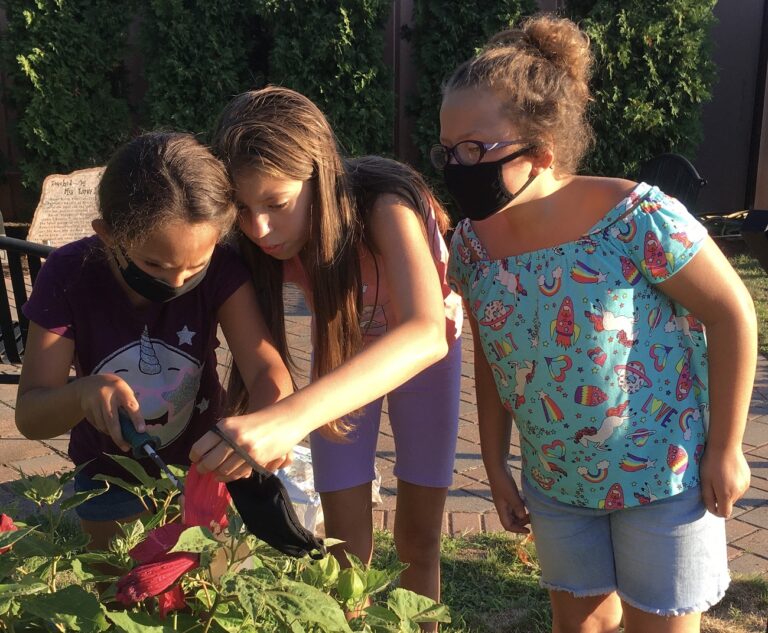
A gaze of appreciation protects us from the power of consumerism that devastates our culture. Our consumer culture is grounded in a belief that things are to be used and discarded when they no longer serve their function or bring us pleasure. Nature resists this framework because it bespeaks beauty and points to the Creator. In his Hexameron homilies, St. Basil proclaims, “I want creation to penetrate you with so much admiration that wherever you go, the least plant may bring you a clear remembrance of the Creator. . . . One blade of grass or one speck of dust is enough to occupy your entire mind in beholding the art with which it has been made.” Let us nurture our sense of the beauty that is unseen, hidden, and beneath our feet.
